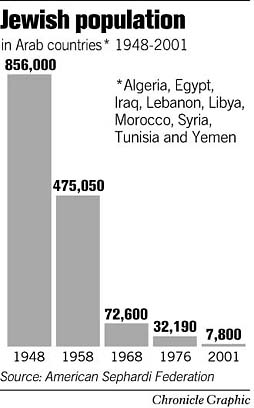Mon 24 Oct 2005
After taking photos of the ruined synagogue in downtown Beirut, I decided I should probably do some basic research on Jews in Lebanon.
Basically, there was a small Jewish community here, mostly in Beirut. Unlike in many other countries in the Middle East, the Jewish population here actually grew after 1948, the year that Israel was formed and the first Palestinian refugees fled (called Nakba, or disaster, by Palestinians). Some sources say that there were as many as 14,000 Jews in Lebanon in the mid-60s, in spite of some setbacks, such as the Wadi Bujmil Synagogue (see previous post) being bombed in 1958. After the 1967 Arab-Israeli War, things began to change. Jews could no longer serve in the Lebanese Army, for instance. Many Lebanese Jews emigrated around this time; most went to the U.S. or Europe, rather than to Israel. Many more left once the civil war broke out in 1975. For those who stayed, times were pretty rough. After Israel invaded, there were several murders and kidnapping of Lebanese Jews. It is not known exactly how many Jews live in Lebanon today, but most estimates I read said, “less than 100.”
Here is an interesting graph, which I completely stole. If this is accurate, then the number of Jews displaced from Arab countries after the creation of Israel is not so different from the number of 1948 Palestinian refugees. There is a movement, of which I was unaware, to help Jews receive retribution for what they lost.

October 26th, 2005 at 6:04 pm
Interesting chart.